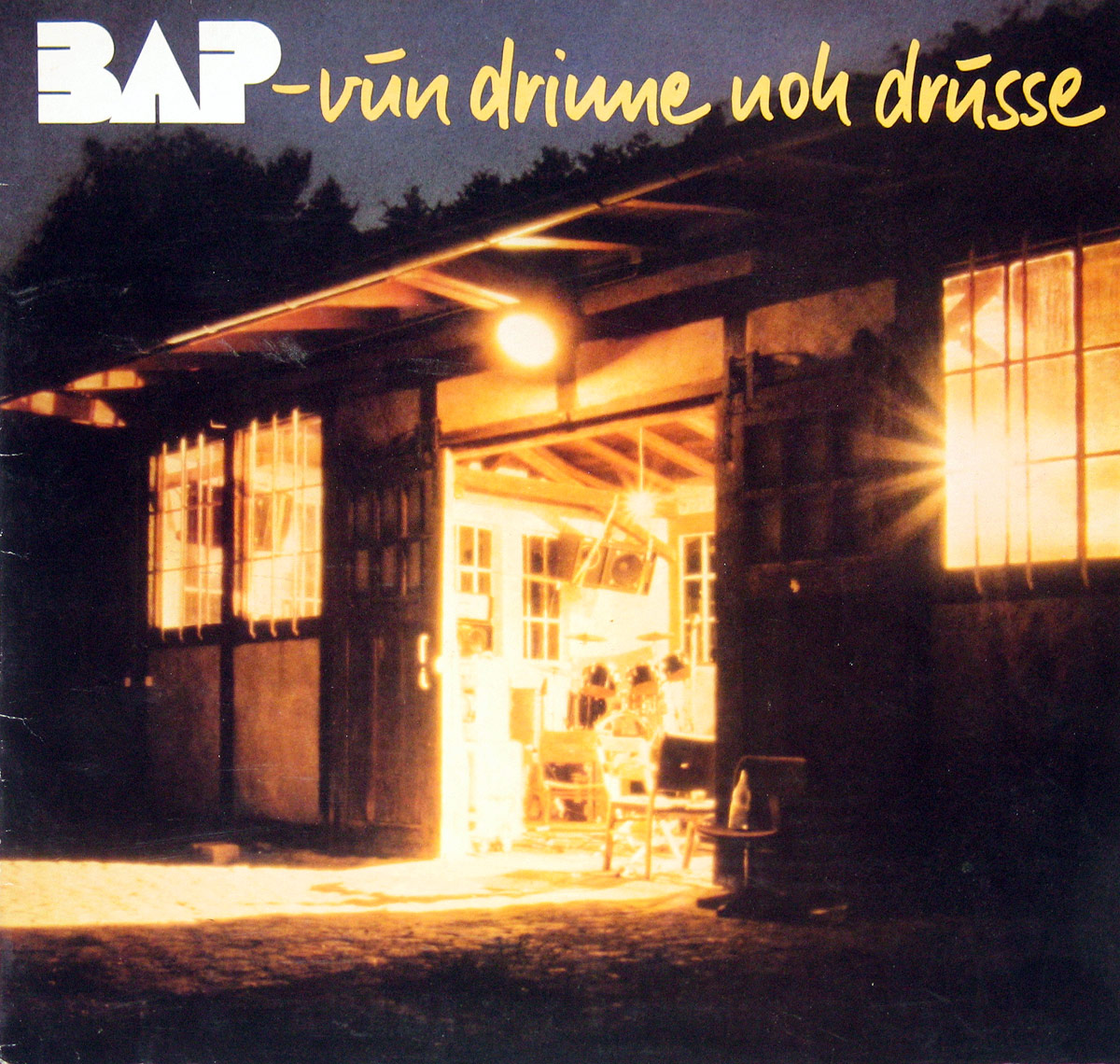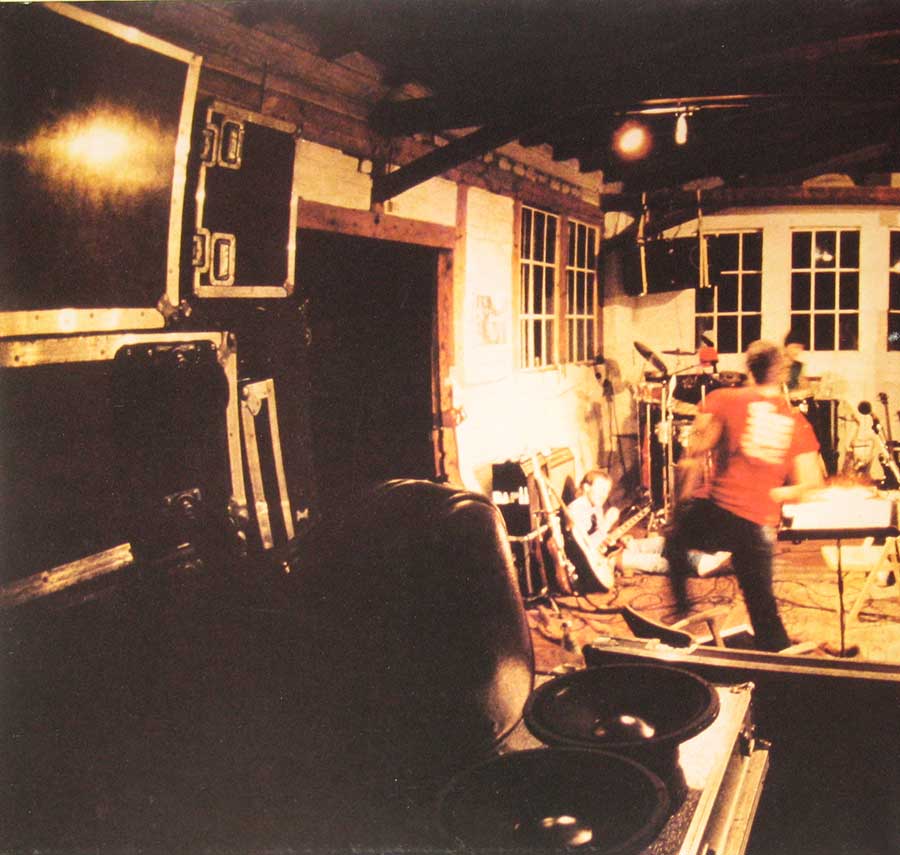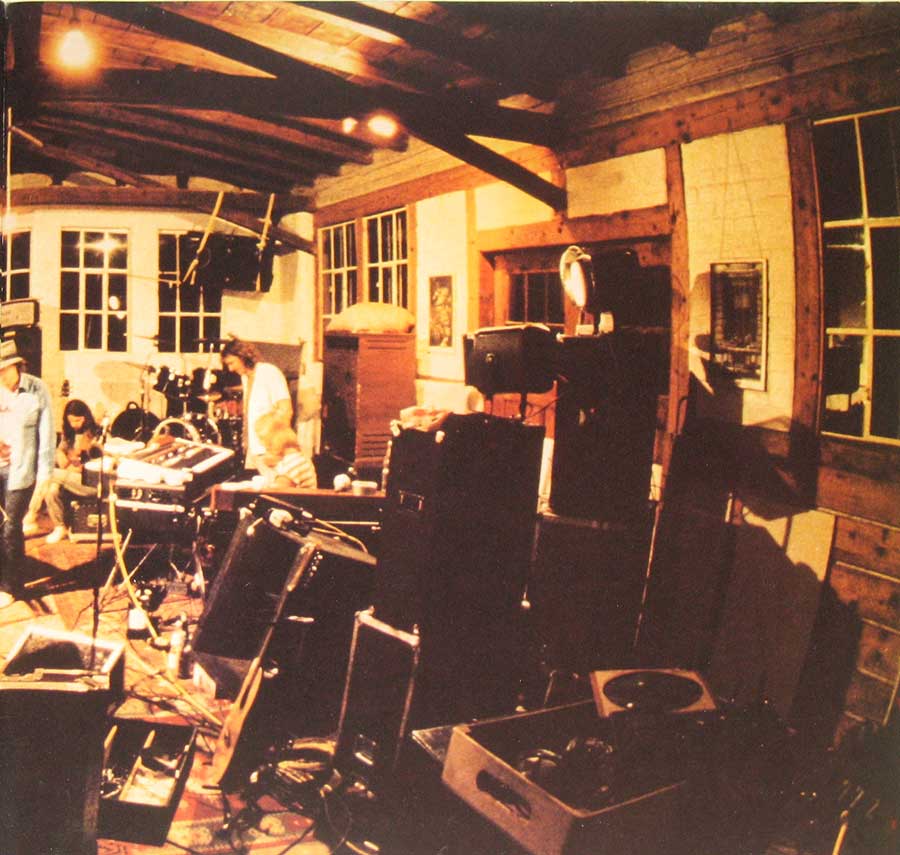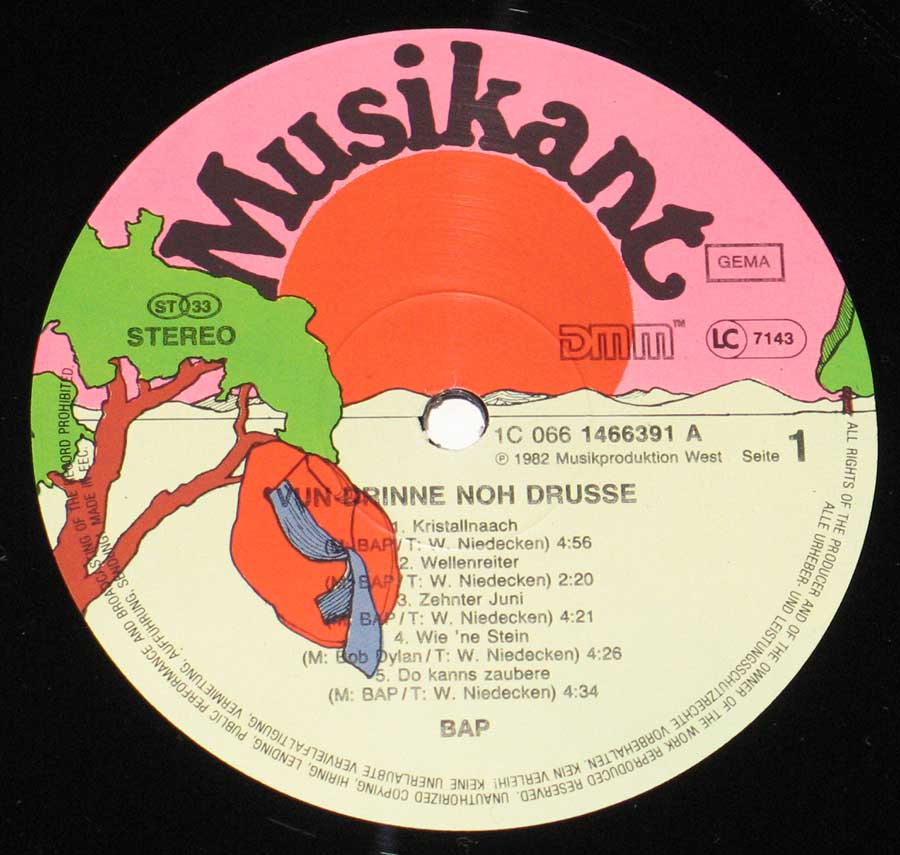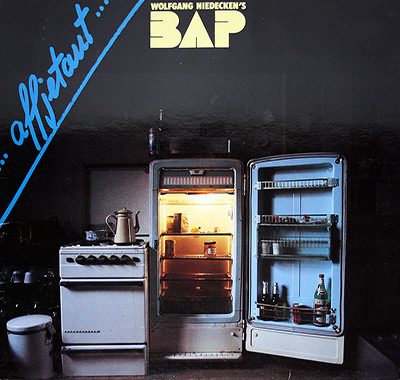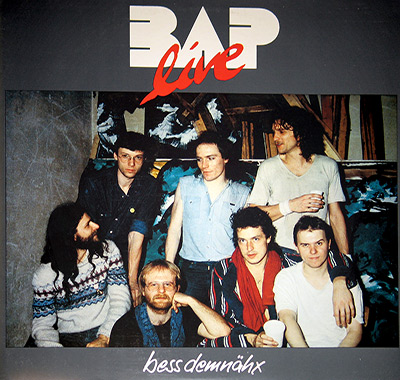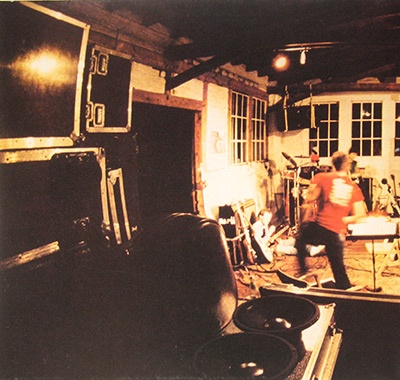In 1982, BAP, the legendary Kölschrock band from Cologne, Germany, released their landmark album "Vun Drinne Noh Drusse" ("From Inside to Outside"). This album, a powerful combination of rock and regional dialect, catapulted the band to national stardom and stands as a defining moment in German rock history.
Historical Context: Germany at a Crossroads
The early 1980s were a tumultuous time in Germany. The lingering shadow of the Second World War mixed with growing political instability and a search for identity in a divided nation. BAP's music, with its focus on working-class experiences, resonated deeply with a generation looking for their place amidst the echoes of the past and uncertainties for the future.
Musical Exploration: Kölschrock and Beyond
"Vun Drinne Noh Drusse" showcased BAP's signature Kölschrock sound: a blend of rock, blues, and folk music sung in Kölsch, the dialect of Cologne. This unique sonic approach broke with the established norm of singing in standard German or English, creating a direct and accessible style that spoke volumes to their local audience.
Yet, BAP transcended regional limitations. The album delves into universal themes of love, loss, societal observations, and the search for meaning. From the hard-hitting opener "Kristallnaach" to the poignant ballad "Do Kanns Zaubere", the album is a rollercoaster of emotions, reflecting the complexities of the time.
Controversies: Challenging the Status Quo
BAP never shied away from controversy. "Kristallnaach" ("Crystal Night"), a scathing critique addressing the lingering darkness of Germany's past, sparked outrage among conservative circles. Yet, the band's willingness to address difficult topics cemented their reputation as authentic voices of dissent within the German music landscape.
A Collaborative Effort
Despite frontman Wolfgang Niedecken being the band's face and charismatic voice, "Vun Drinne Noh Drusse" was a collaborative triumph. Niedecken's heartfelt lyrics merged seamlessly with the band's tight and energetic musicianship. The album's production team deserves credit for its polished and dynamic sound, capturing the energy of BAP's live performances.
